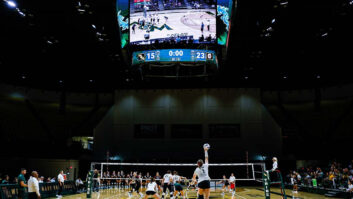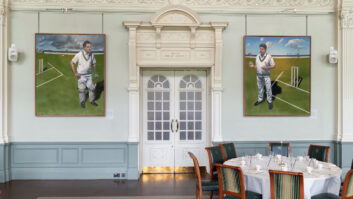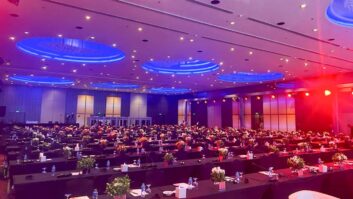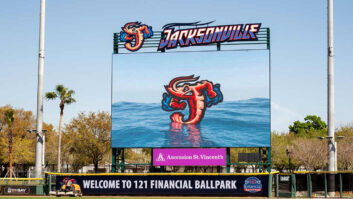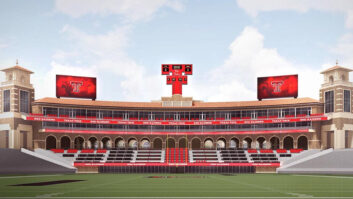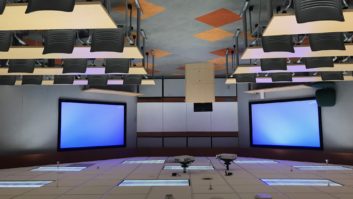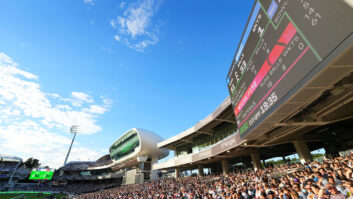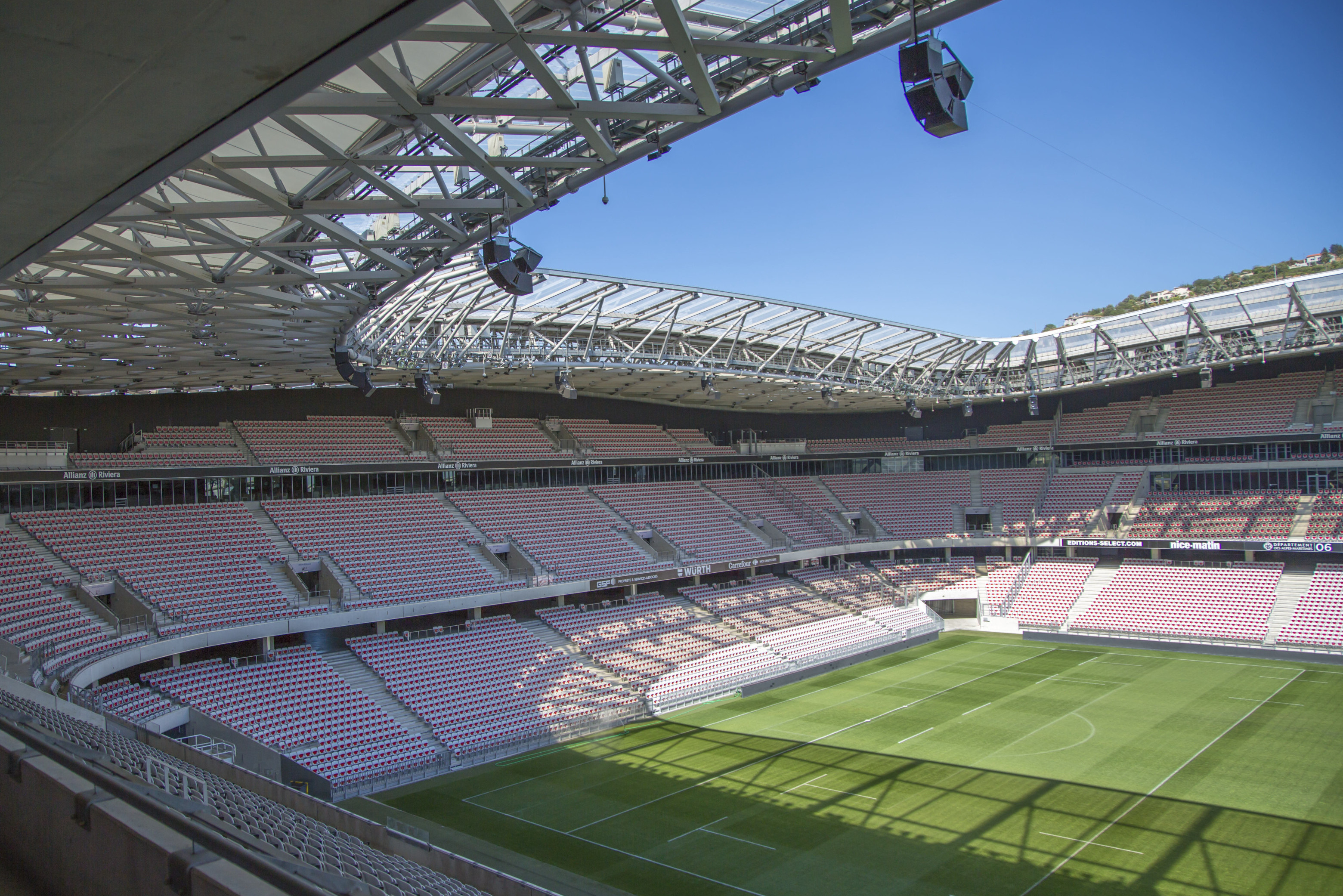
Oliver Sahm, director tech support pro audio at Bosch, reveals the importance of a total system solution using IP connectivity for sports venues and looks ahead at advances set to have an impact.
What additional AV functionality do sports venues have to incorporate now to remain competitive?
IP connectivity is now paramount for venues, otherwise it does not give the available control and functionality required to keep up with modern technology. IP connectivity gives you the capability to remotely track what the system is doing during an event, for example how it is functioning, compression, limiting, temperature monitoring, signal routings, network status and traffic. It is important for testing the system and performing diagnostics before or after each event.
Total system integration is now progressing. From the VIP suites to the food court and parking lot, the audio system is required to sound uniform and be uninterrupted. This is including audio visual in the restrooms. All of this is now possible with system manufacturers like us providing a total system solution using an IP-based system.
Stadiums cannot financially justify being used for just sports, so have to have an adaptable AV system for other events such as live music, theatre or comedy to remain competitive. At Bosch we have focussed on making sure we are developing our technology to industry standards and are able to be adjustable and interconnected not just with our own brand but also others.
How do the requirements differ for the AV elements for sporting events compared to live music performances?
As stated previously sporting venues are no longer single use or just for sports, and for us this is not new we have been providing solutions for over 13 years. Stadiums have to be able to switch from sporting to other events with ease. With the push of a button we can change the system from sports mode to concert mode, and the stadium system operator can dial in the correct delay to the stadium system to align with the temporary concert system and function as a support or delay system to the live concert.
What are some of the biggest issues relating to AV technology when working on sports venue projects?
The more that different domains are combined in an integrated and comprehensive AV solution, the more it becomes important to consider the individual requirements of audio, video and control data as well as functional and UX aspects for different user groups. This is from the installer via the different operators and users of the installation to the service and maintenance technicians.
All different aspects and stakeholders have to be themselves considered as best as possible because every group will have its own special requirements and expectations to parts of the AV system and its use. The different protocols, technical standards, and as few interfaces as possible have to work seamlessly as one integrated solution for the needs of the sports venue.
How big of a concern is futureproofing? And how does this manifest itself in the planning and installation of current AV equipment?
With ‘smart stadiums’ on the rise, manufacturers of audio products have to expand their expertise not just for audio components but keeping in mind the IP-based systems by making it functional and able to integrate seamlessly. Now the audio system is linked to the security system, fire system, to access controls, for evacuation, the video system and mechanical systems. It is all interfaced into one multi-platform and multi-functional system with self-monitoring and diagnostics.
The system itself is now kept in its own network to prevent limitations of bandwidth or large amounts of latency. We use fibre optic lines with multi redundancy layers with loops, rings and cascading backups as the system must always work. In back of house or VIP areas all you need is a network connection in the room as the event is distributed though the buildings network and the access to the material is controlled in the main control room.
What advances in terms of AV technology are on the horizon for sports venues?
Within sports venues the integration and combination of light and sound is becoming more relevant to creating a comprehensive experience. Immersive sound and its use for surround sound effects coordinated with LED lighting is becoming more important for future installations.
Additionally, the integration of on-site technology with web-based or app-based experiences via mobile devices is being seen more and more. Fans in the stadium want to share their experience with those at home, or the other way round: people at home want to connect remotely and become part of the live event, often experienced via live streaming or other alternatives.
There are also new ‘smart micro-cities’ also being developed providing rentable office space, meeting rooms, ballrooms, convention centres and even living spaces as a part of the stadium. These are all designed to use one interconnected IP connected base area. This is all an evolution of the ‘work, live, play’ lifestyles that modern living and technology can enable sports fans to have now.
